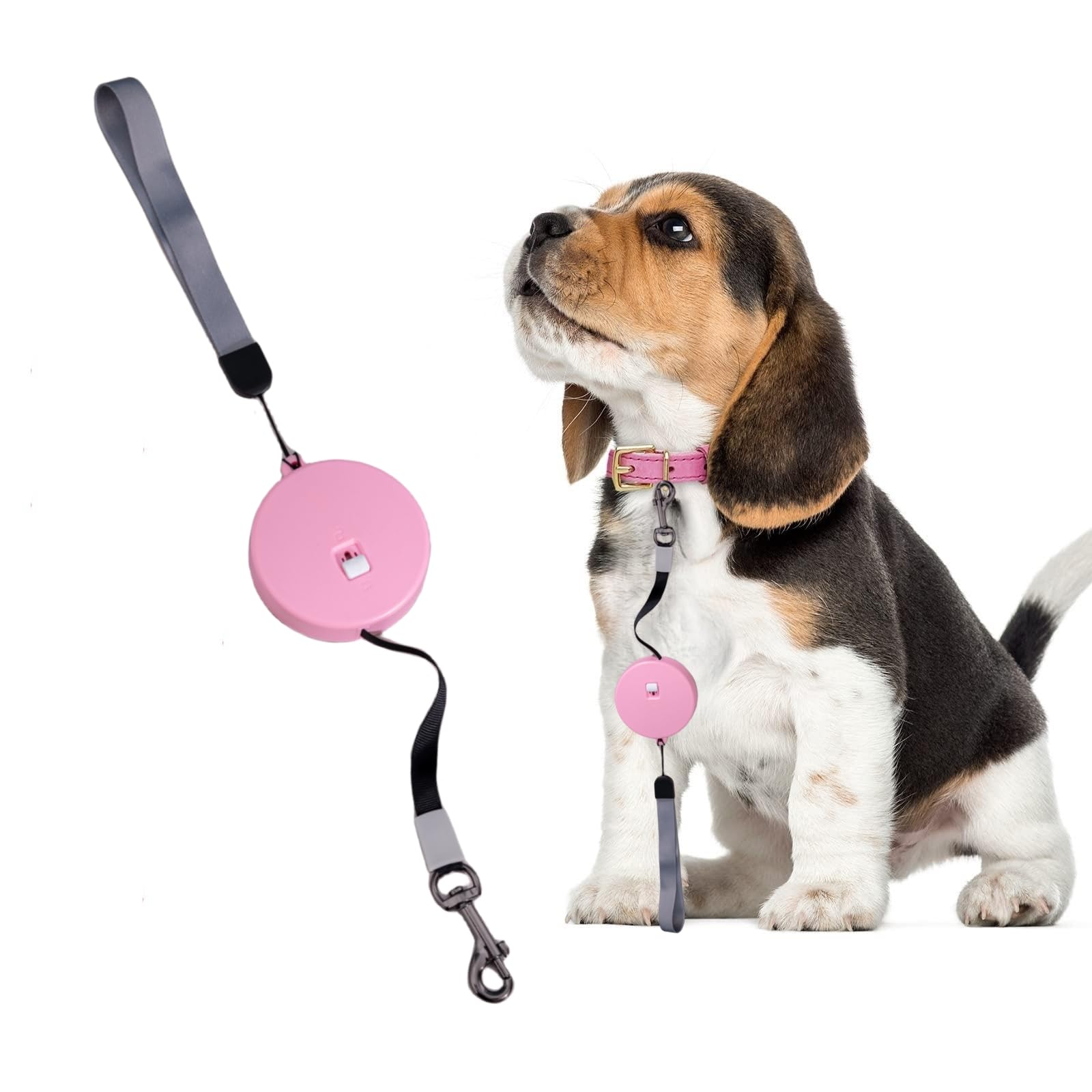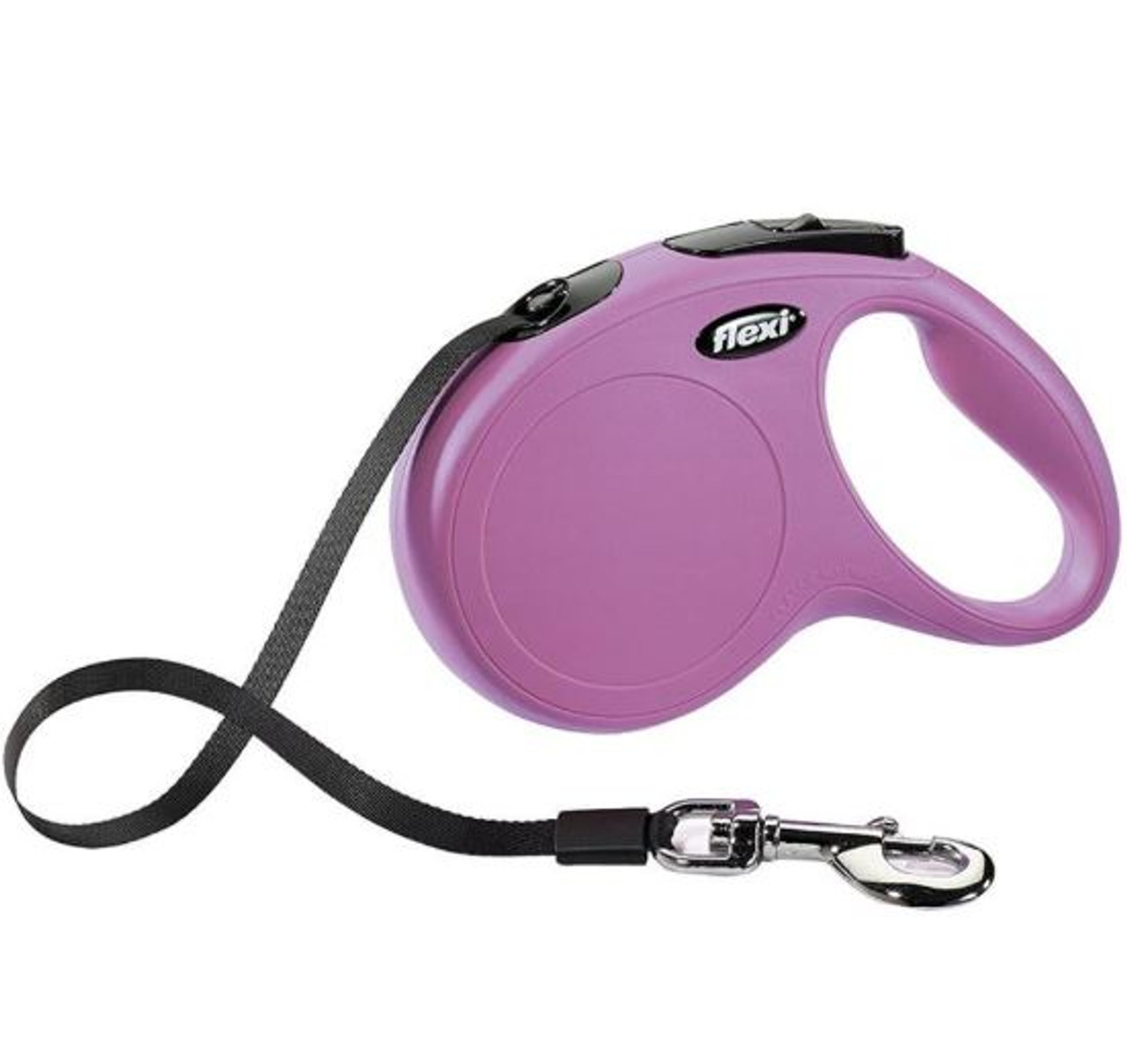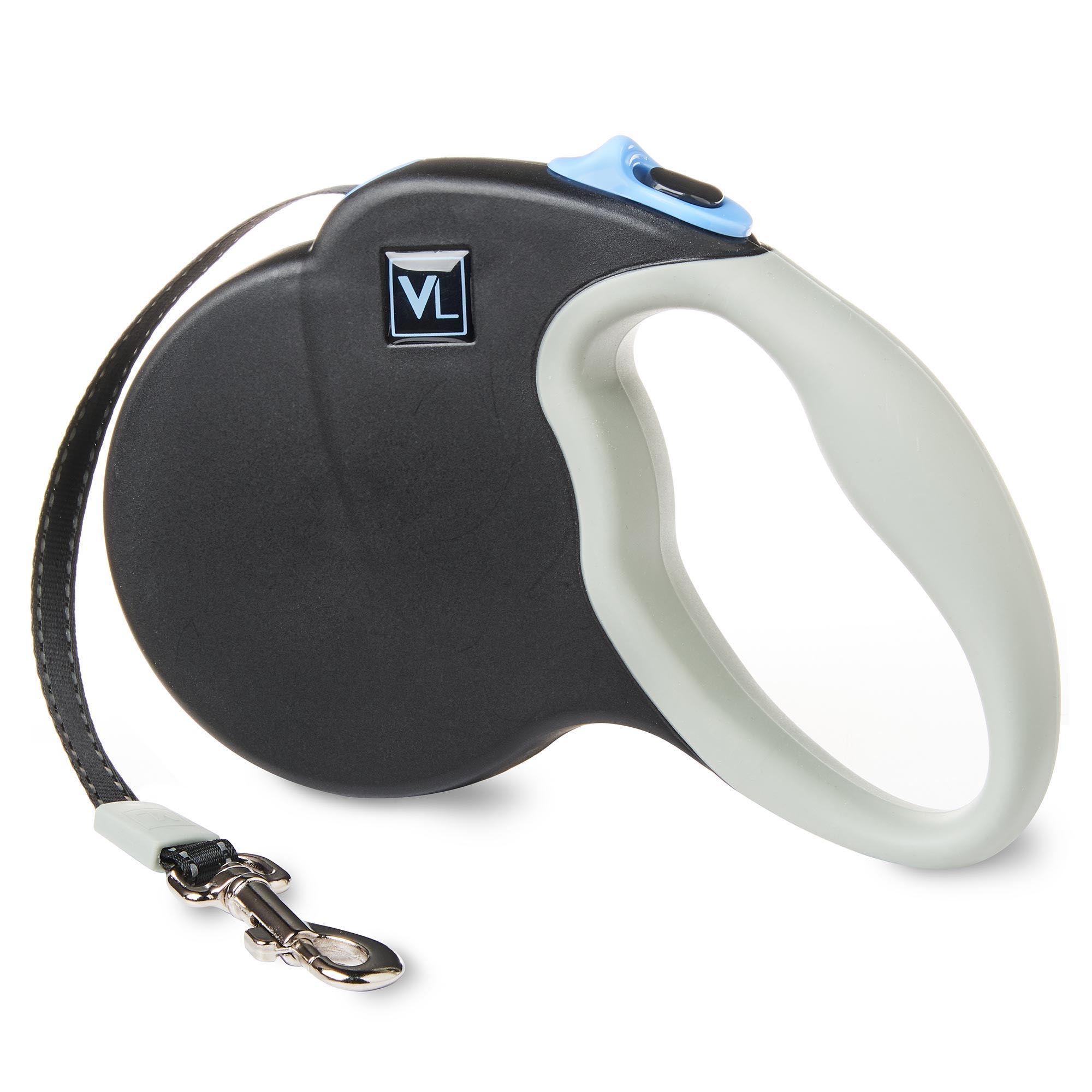Retractable leashes have become increasingly popular among dog owners due to their flexibility and convenience. However, while they offer several benefits, they also come with certain drawbacks. Understanding the pros and cons of retractable leashes can help you make an informed decision about whether this type of leash is right for you and your dog. In this comprehensive guide, we’ll explore the advantages and disadvantages of retractable leashes to help you weigh your options.
What is a Retractable Leash?
Definition and Functionality
A retractable leash is a type of dog leash that features a spring-loaded mechanism within a plastic casing. This mechanism allows the leash to extend and retract, giving the dog more freedom to explore while remaining under the owner’s control. The leash typically includes a handle that operates a brake system, allowing the user to lock the leash at a desired length or retract it when necessary.
Design Variations
Retractable leashes come in various designs, including different lengths and widths, as well as materials like nylon or tape. Some models have additional features, such as built-in LED lights, waste bag dispensers, or ergonomic handles. These design variations can enhance the functionality and convenience of the leash, catering to different needs and preferences.

The Pros of Retractable Leashes
Enhanced Freedom for Dogs
One of the primary advantages of retractable leashes is that they provide dogs with greater freedom to explore their surroundings. Unlike traditional leashes, which are fixed in length, retractable leashes can extend up to 26 feet or more, allowing dogs to roam further while still being under control. This increased freedom can be particularly beneficial for active or high-energy dogs who need more space to exercise and satisfy their curiosity.
Flexibility and Convenience
Retractable leashes offer significant flexibility and convenience for dog owners. The ability to adjust the leash length with the push of a button allows for easy adaptation to various situations. For example, you can give your dog more freedom in open areas, such as parks, while keeping them closer in crowded or potentially dangerous environments. This adaptability can make walks more enjoyable and less stressful for both the owner and the dog.
Training and Behavior Improvement
Retractable leashes can be useful tools for training and behavior modification. The added length allows dogs to practice recall and responsiveness in a controlled manner. By gradually increasing the distance and using positive reinforcement, owners can help their dogs improve their recall skills and overall obedience. Additionally, the flexibility of the leash can assist in training exercises that involve varying levels of distance and control.
Reduced Strain on the Owner
Traditional leashes can sometimes cause strain on the owner’s arm or shoulder, especially if the dog pulls or lunges. Retractable leashes can reduce this strain by distributing the force more evenly and allowing the owner to maintain a more relaxed grip. The ergonomic handles and retractable design can make walks more comfortable, particularly for individuals with physical limitations or those who walk larger dogs.
The Cons of Retractable Leashes
Safety Concerns
Despite their advantages, retractable leashes also pose several safety concerns. The thin, often high-tensile cord or tape can be dangerous if it snaps or if the leash gets tangled around objects or people. Additionally, the sudden extension of the leash can lead to accidental injuries if the dog bolts or if the owner is not prepared to handle the abrupt movement. For this reason, it is essential to use retractable leashes with caution and ensure they are in good condition.
Difficulty in Control
Retractable leashes can make controlling a dog more challenging, particularly if the dog is not well-trained or if there are distractions present. The extended length of the leash can create more opportunities for the dog to stray too far from the owner, making it harder to manage the dog’s behavior. In situations where immediate control is necessary, such as in busy urban environments or near traffic, a retractable leash may not provide the level of control required.

Potential for Leash Burn and Injury
Another drawback of retractable leashes is the risk of leash burn and injury. The cord or tape can become quite taut when the dog pulls or suddenly changes direction, leading to the potential for burns or abrasions on the owner’s hands. Additionally, if the dog suddenly jerks on the leash, the force can cause injury to both the dog and the owner. Proper handling and use of the brake system can help mitigate these risks, but they cannot be entirely eliminated.
Durability and Maintenance Issues
Retractable leashes can be prone to durability and maintenance issues. The internal spring mechanism and cord or tape can wear out over time, leading to potential malfunctions or failures. Additionally, the plastic casing and moving parts may require regular cleaning and maintenance to ensure proper function. Owners should regularly inspect their retractable leashes for signs of wear and address any issues promptly to ensure the safety and effectiveness of the leash.
How to Use Retractable Leashes Safely
Training and Socialization
To maximize the benefits of a retractable leash and minimize potential issues, proper training and socialization are crucial. Ensure that your dog is well-trained in basic commands, such as “come” and “stay,” before using a retractable leash. Consistent training can help improve recall and reduce the likelihood of the dog straying too far. Additionally, socializing your dog with various environments and stimuli can help them remain focused and responsive during walks.
Choosing the Right Leash
Selecting the appropriate retractable leash for your dog’s size and behavior is essential for safety and effectiveness. Choose a leash with a suitable length and width for your dog’s needs, and ensure that it is made from durable materials. Look for leashes with reliable brake systems and ergonomic handles to enhance control and comfort. Consulting with a professional trainer or veterinarian can also provide guidance on choosing the best leash for your dog.
Regular Inspections and Maintenance
Regularly inspect your retractable leash for signs of wear, damage, or malfunction. Check the cord or tape for fraying, the brake system for proper function, and the casing for cracks or defects. Clean the leash periodically to remove dirt and debris that could affect its performance. Proper maintenance can help extend the lifespan of the leash and ensure that it remains safe and effective for use.

Alternatives to Retractable Leashes
Traditional Leashes
Traditional leashes, such as standard nylon or leather leashes, offer a more straightforward and controlled walking experience. They are available in various lengths and widths, providing options to suit different needs. While they do not offer the same level of flexibility as retractable leashes, traditional leashes provide consistent control and are less likely to cause safety issues related to the retractable mechanism.
Hands-Free Leashes
Hands-free leashes are another alternative that allows for greater freedom while maintaining control. These leashes attach to the owner’s waist or belt, leaving their hands free for other tasks. Hands-free leashes can be particularly useful for active individuals who want to engage in activities like jogging or hiking with their dogs. They offer the convenience of adjustable length and can be a suitable option for those who find retractable leashes challenging to manage.
Long Lines
Long lines are extended leashes that provide similar benefits to retractable leashes but with added durability. They are typically made from sturdy materials like nylon or cotton and are available in various lengths. Long lines are often used for training purposes and can be a good option for providing dogs with more freedom while maintaining control. They do not have the retractable mechanism, which can reduce some of the safety and maintenance concerns associated with retractable leashes.
Conclusion
Retractable leashes offer a range of benefits, including enhanced freedom for dogs, flexibility, and reduced strain on the owner. However, they also come with certain drawbacks, such as safety concerns, difficulty in control, and potential for injury. By understanding the pros and cons of retractable leashes, you can make an informed decision about whether this type of leash is suitable for your dog. Consider your dog’s behavior, training level, and the environments in which you walk to determine if a retractable leash is the best choice. Regardless of your decision, ensuring proper use, maintenance, and training will contribute to a positive walking experience for both you and your furry companion.










